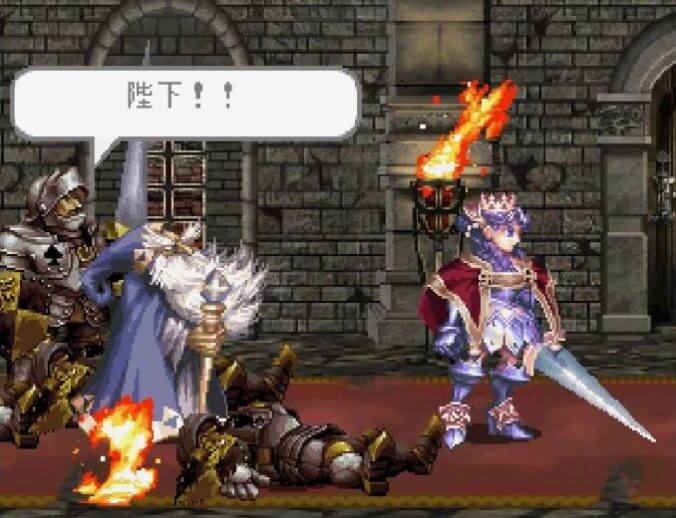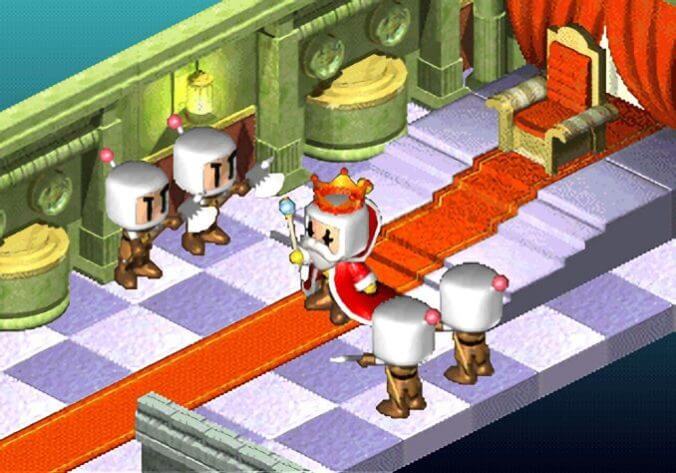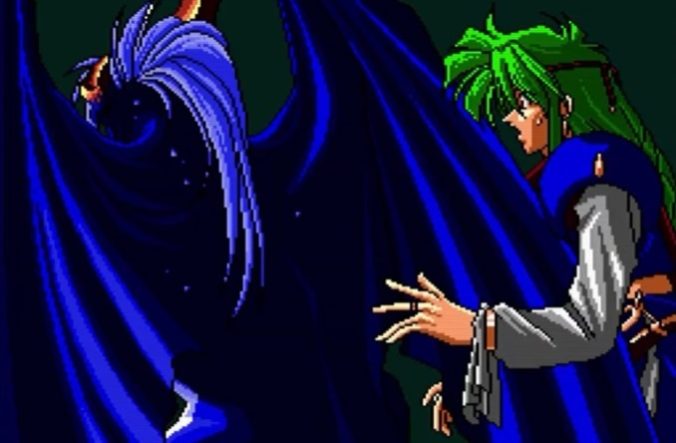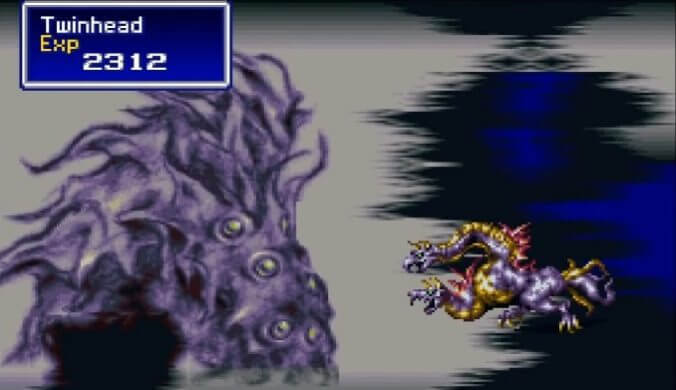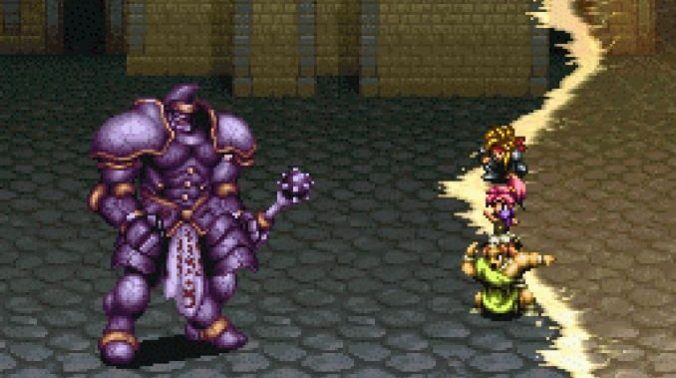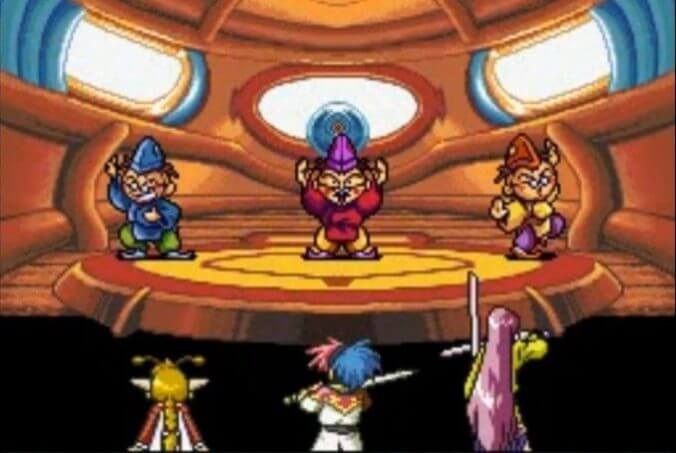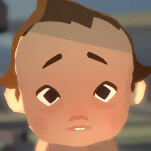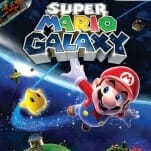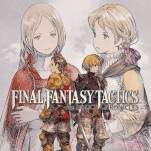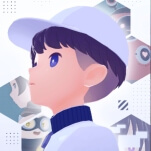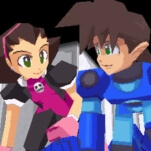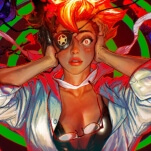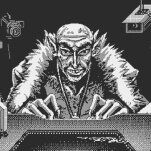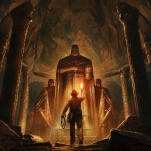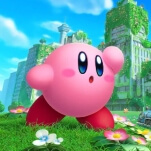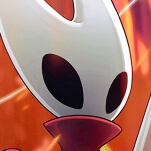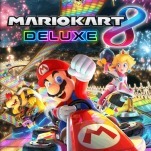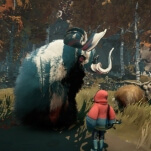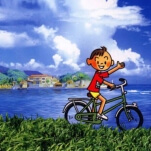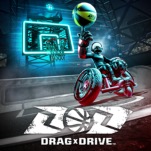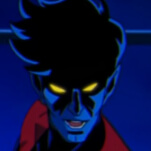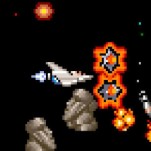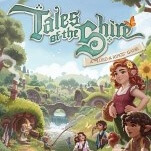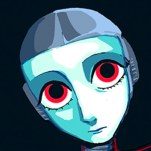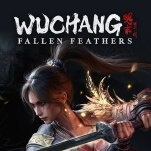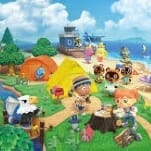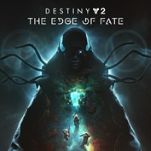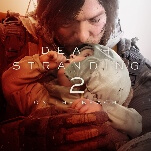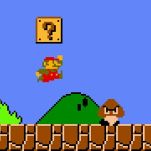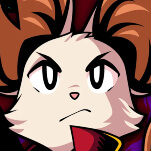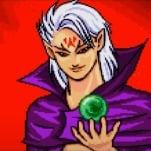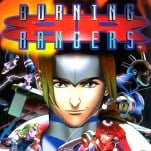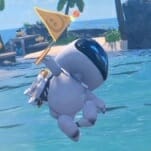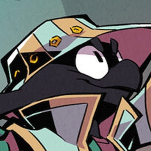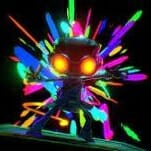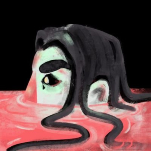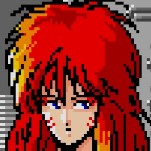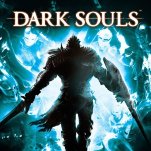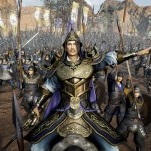The Best Japan-Exclusive RPGs That Deserve a Global Release
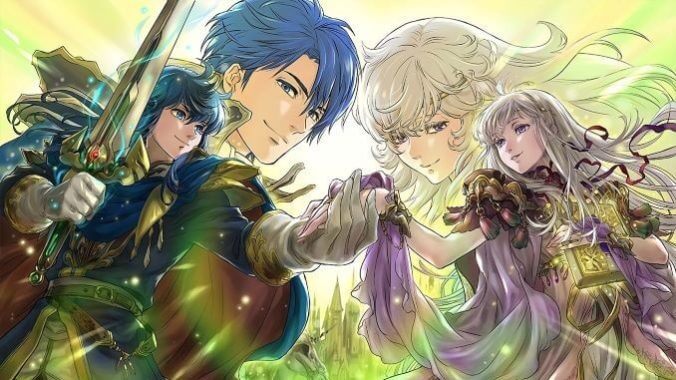
In 2022, role-playing classics Live A Live and The Legend of Heroes: Trails from Zero finally left Japan through worldwide releases. And this March, the sequel to Trails from Zero, Trails to Azure, will leave Japan’s shores as well. It’s not being greedy to ask for even more of the wonderful role-playing games Japan has been holding onto for decades to release elsewhere else. So, let’s get ready to beg and plead.
Traditional role-playing games, strategy RPGs, action RPGs, whatever: there are loads of high-quality ones that never made it out of Japan, especially when you look back to the ’90s. Let’s go over a few of them that we wish would get the same kind of treatment Live A Live et al have received of late.
Two notes: Quintet’s action RPG masterpiece Terranigma would be listed, but it was already included in a different “re-release this!” feature, so no need to double up. And once again Mother 3 isn’t listed here since Nintendo will ignore it, anyway, but if you must know how I feel about it in significant detail, you can.
Ys V: Lost Kefin, Kingdom of Sand
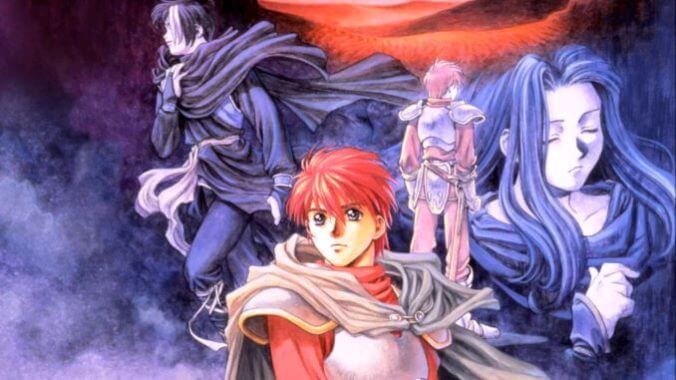
Ys V is a mediocre Ys game. It had a generic Super Famicom look that didn’t scream Ys, from sprite design to the menus. The soundtrack was good, but fairly muted for the high-powered, guitar-and-synth-driven Ys. The combat system was an early bit of Falcom trying to figure out the move from bump combat to pressing buttons for swinging a sword, and it showed—and that’s somehow all significantly better than its half-baked magic system. It’s very much a bridge game for the long-running franchise.
And yet! It’s as salvageable in remake form as Ys III: Wanderers from Ys was, when Falcom brought that into the present day in the form of The Oath in Felghana. The original Ys III was arguably the weakest of the original bunch to appear on 16-bit consoles, and yet, in its remade form, it’s up there with the very best games in the franchise. If we trust Falcom to pull that kind of trick off again, then we should very much be pulling for the only mainline Ys title to not leave Japan yet to finally do so.
The Legend of Xanadu
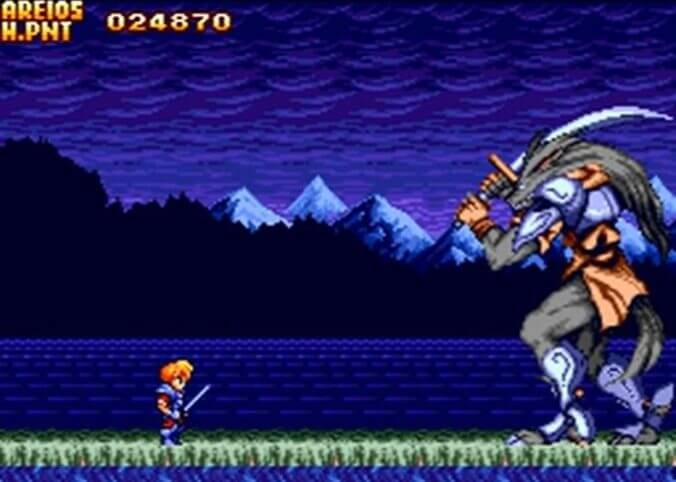
One more Falcom before switching gears. Well, two. The Legend of Xanadu—and The Legend of Xanadu II—were released for the PC Engine CD. The first is the eighth and final game in the Dragon Slayer franchise, as it was the last one that Yoshio Kiya worked on before leaving the company. While Falcom was traditionally a developer for Japanese PCs that would let publishers like Hudson or Sega license the titles out for their systems, with these two titles, they built them from the ground up for the PC Engine CD. And there they stayed: even when ported a couple of console generations later, and then later still released on the Wii Virtual Console, all of that action stayed in Japan.
While there was an unofficial translation of the two action RPGs in the works for some time—even going so far as having voice lines recorded for a dub, with mention of such efforts showing up in mainstream gaming blogs—there hasn’t been an update on those projects in years. So, it’s back to official channels for that sort of thing, even if Falcom can’t seem to stop focusing nearly exclusively on Ys and Trails as of late.
Fire Emblem: Genealogy of the Holy War and Fire Emblem: Thracia 776
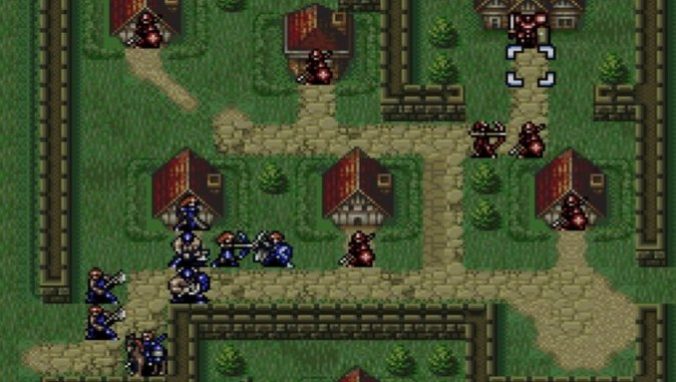
Numbers two and four, respectively, on the inarguably correct ranking of the best mainline Fire Emblem games. Genealogy of the Holy War has been rumored to be the focus of a remake for a couple of years now, as well it should, considering it was the best Fire Emblem game for literal decades, and was also next in line for a remake with the first three already completed for the Nintendo DS and 3DS. It’s tremendous, the source of many of the series’ mainstays like support conversations and romance and the weapon triangle, and it’s also laid out in such a way that its large-scale engagements feel the most like actual war and combat of any of the FE titles. It could use some quality of life changes to spruce it up for the present, but now that there are two different Fire Emblem games (Heroes and Engage) in North America that feature protagonists Sigurd and Seliph in some way, there is little excuse to not just make those changes and give us the real thing.
Thracia 776 is far more claustrophobic than the game it’s an interquel to, taking place largely indoors and on small-scale maps, and it’s the most difficult of all Fire Emblem games: not because of some weird quirk that unbalanced things, but by design. It’s a game where sometimes you have to decide if you want to “capture” an enemy to take their belongings, lowering all of the character doing the capturing’s stats in the process and leaving them susceptible to a quick death, or risk your life in an arena that could also kill a character, in the middle of a stage you’re probably trying not to get killed by the non-optional forces in. You’re an underfunded and undersupplied rebel force: you have to make a choice between the two awful solutions. There is a fatigue system that can make characters unavailable when you really need them if you overuse them beforehand. Even using save states, you will end up sacrificing characters to achieve your larger goals. It’s all so dire and desperate and those feelings seep out of every bit of the game: it rocks.
Soma Bringer
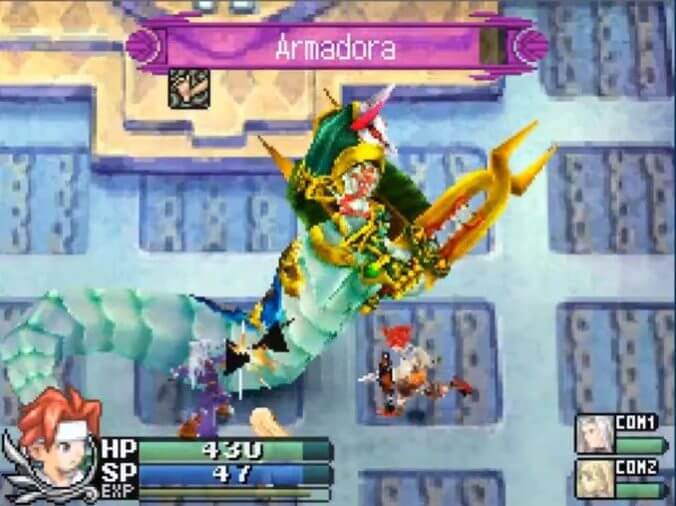
With both Baiten Kaitos and its sequel/prequel Origins releasing on the Switch in 2023, Nintendo has amassed most of the Monolith Soft library that they have the rights to on their present-day system. Soma Bringer, though, was a DS action RPG with a bunch of top-down dungeon crawling and multiplayer components, and it remains both on that system and in the country it is exclusively released in. It’s not difficult to find critics who believe it feels more like a Secret of Mana sequel than the actual sequels to that game, and the game’s soundtrack was composed by Yasunori Mitsuda, who had worked with key Monolith developers on games like Xenosaga and Xenogears, as well as Chrono Trigger, Chrono Cross, and team efforts like Bomberman 64: The Second Attack.
Soma Bringer does have an unofficial translation out there if you’re impatient, but seriously, how is this not already available worldwide, given Monolith’s significant success as a Nintendo studio?
Xak
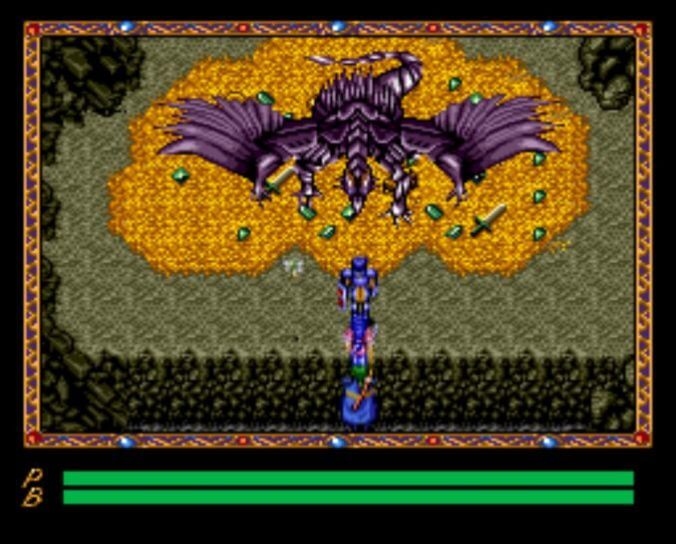
No offense intended, but if there can be two Valis collections available for modern consoles, I don’t know why the effort can’t be put in to bring these Ys-likes that released on Japanese PCs and the PC Engine to North America, too. Micro Cabin’s flagship series is hard to find, since none of the games ever left Japan during the developer’s heyday—the original eventually ended up with an official English translation through a Dutch-based, now-defunct site. But there are a bunch of them, and they deserve a second shot. Leaving aside Ys for a moment, Hydlide received international releases, and Fairune is a modern nod to those games that’s seen wide distribution, so why not bring the Xak series along for this throwback ride, too?
-

-

-

-

-

-

-

-

-

-

-

-

-

-

-

-

-

-

-

-

-

-

-

-

-

-

-

-

-

-

-

-

-

-

-

-

-

-

-

-

